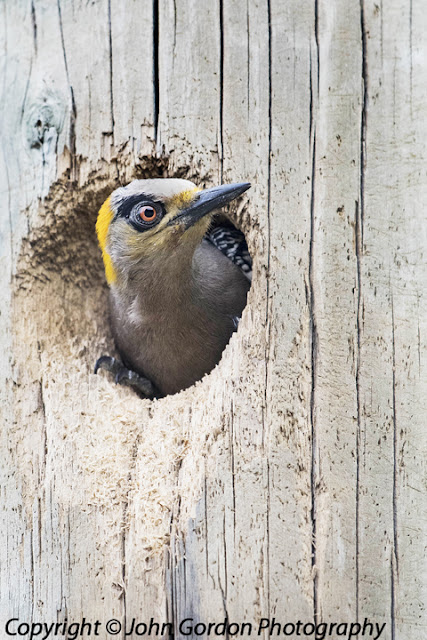Jan 12-24 La Penita, Nayarit Mexico
La Penita is the northern portion of three closely linked communities of Rincon de Guayabitos and Los Ayala to the south. Each town is quite different in character and all are connected by taking a ten peso (70 cents) taxi service. They all have good birding spots. La Penita itself has a creek, beaches and a not to be missed market every Tuesday. Here are some more of the birds I found in the community of La Penita during my stay.
 |
| Willet |
By far the most common shorebird hereabouts is the willet. While it is almost impossible to get near one on the prairie breeding grounds, here in Mexico they can be seen dodging waves and beachgoers with little or no fear. Only off leash dogs send them off to a more deserted spot.
 |
| Broad-billed hummingbird |
The La Penita RV Park has its fair share of Canadians escaping the cold weather. Some of them feed the hummers, making it a little easier to get some close-up shots.
As mentioned in a previous blog a creek divides La Penita and Rincon de Guayabitos. There is always something happening at the waters edge. Below a mature brown pelican snags a fish.
It's a wonder that La Penita's electrical poles are still standing. The culprit is the endemic golden-cheeked woodpecker.
 |
| Golden-cheeked woodpecker. |
If there was just one bird I was hoping find and photograph on this trip it would have been a painted bunting. I had photographed one earlier in the week but from quite a distance. If I had choose only one picture to bring back home, this would be it.
 |
| Painted bunting |
 |
| White-collared seedeater. |
 |
| Cassin's Vireo |
 |
| Sinaloa wren. |
 |
| River crocodile |
 |
| Brown Pelicans diving.
Nikon P900
All other images Nikon D500 and 200mm-500mm 5.6
|
 |
| From a series of shots that feature more than one species. Black-necked stilt and greater yellowlegs. |
 |
| Another from the same series of more than one species in a frame. A great-tailed grackle and black-necked stilt. |
 |
| Hooded oriole. |
"It's never too late to start birding"
John Gordon
Langley/Cloverdale
BC Canada







































